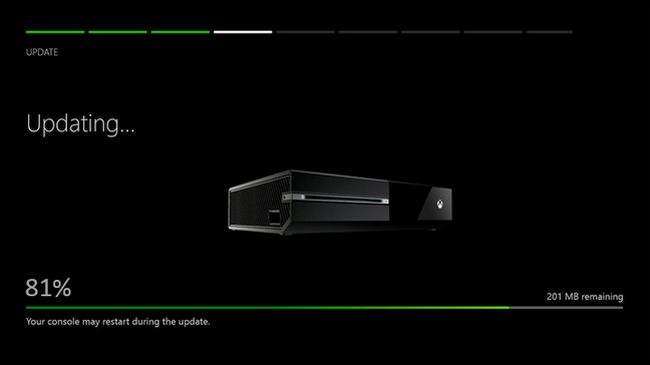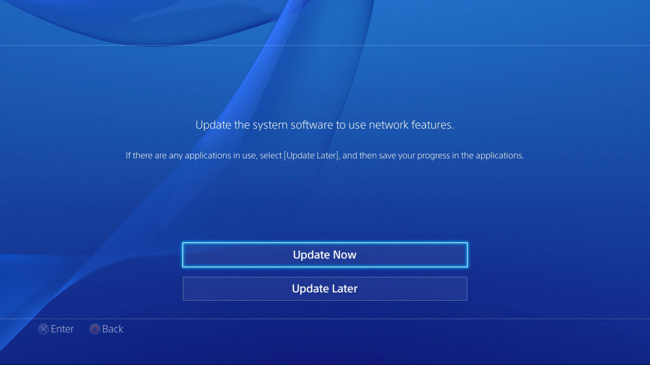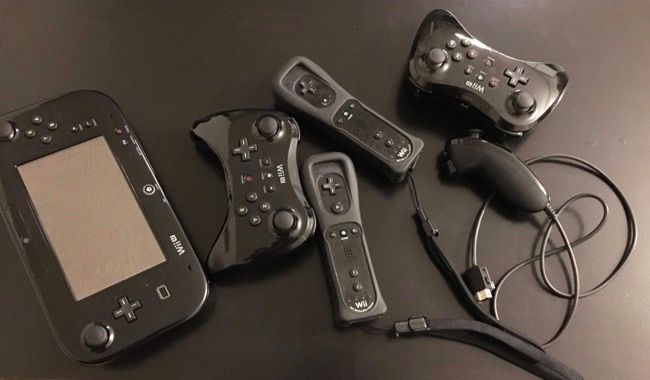Quick Links
After more than a decade as a fervent PC gamer, I purchased a PlayStation 4 and Nintendo Wii U last year, eager to try the current crop of consoles. The last console I seriously used was a Nintendo 64. A lot has changed since then.
One of the biggest arguments for consoles vs PCs is the "plug and play" nature of consoles. Unlike PCs, console gamers claim, you don't have to spend a ton of time configuring the system and making sure everything is running properly--you just throw in the disc and play. This isn't really true. Modern consoles are often just as complex as PCs--and in a few ways, even moreso.
What Launching a Game on a Modern Console Is Like
We're a long way from the "plug in the console, insert a game cartridge, and start playing" experience I remember from the old days. Let's say you purchase a new console and some games. It doesn't matter which--the PlayStation 4, Xbox One, and Wii U all work pretty similarly. There's a reason we recommend setting up a console ahead of time if you're giving it as a gift, because here's what you're in for.
The console won't just work after you boot it up. You'll have to go through a first-time setup process that involves connecting to your Wi-Fi network by typing your passphrase in with a controller and creating a PlayStation Network, Nintendo Network ID, or Xbox Live account.
Next, the console will need to download and install a system software update. This may take quite a long time, depending on the speed of your connection. You can't necessarily skip this process because some games may actually require the latest version of the console's system software, especially if you want to play them online.
You're now ready to play, so you insert the disc into the console! On a PlayStation 4 or Xbox One, you'll have to wait for the game to install to the hard drive inside the console. Yes, console games have to install to a hard drive before you play them, just like PC games. (Nintendo's Wii U thankfully doesn't require this part.)
After the game is done installing, you'll have to wait for the latest update to the game to download and install. This update may actually be several gigabytes in size. These days, many games are shipped in an unfinished state so that update may be necessary to make the game less buggy and properly playable. Even if you get the game on the day it was released, many games have "day one" updates.
You're now ready to play! Oh wait, not necessarily. You purchased this game new and it comes with "bonus content" that isn't included on the disc. Want to include it in your play? Grab the piece of paper in the game box that has the code on it. On a PS4, you'll need to head to the PlayStation Network store, select "Redeem a Code," type that code in using your game controller, and the DLC will then be purchased. It will then need to download and install it. It's more hassle for you, but it helps the companies discourage used game sales.
Great, now you're ready to play! You can launch the game and start playing. You might want to try some multiplayer--Oops. Online multiplayer on both Sony's PlayStation 4 and Xbox One requires a paid subscription, so you'll need to shell out an extra $50 or $60 per year for that. Multiplayer on PCs requires no such extra subscription. In fact, most multiplayer is free on PCs, unless you want to play a game that requires a paid subscription--you'd then have to pay the game developer, not Microsoft or Valve. Thankfully, Nintendo hasn't embraced this madness and online multiplayer is free on Nintendo's consoles--for now.
Look at All This Other Stuff You Have to Buy!
There's a lot of work required to ensure you have the hardware necessary to start playing games, too. You can't necessarily assume the console will ship with everything you need at this point.
I purchased a New Nintendo 3DS when it came out, and it turns out the 3DS doesn't include a charger. So you'll need to do your research ahead of time and buy a separate charger, or you'll be unable to play games after the first couple days. And no, it doesn't use a standard charging connector.
The same goes for the Nintendo Wii U. I never owned a Wii and don't have the older hardware lying around. The Wii U includes a Gamepad controller, and I also purchased two more standard Wii U Pro controllers. That should be everything I need for two people to play whatever games I throw at it, right? Not at all. Some games require a Wiimote, so you'll also need one or two Wiimotes--sold separately. Oh, and some games require the Nunchuck attachment for the Wiimote, so you'll also need one or two of those--sold separately.
Yikes! When I was a kid, I had two Super Nintendo controllers and that was it. That was good enough for two people. Now, I have ten different individual pieces of hardware: Gamepad, two Wii U Pro controllers, two WiiMote Pluses, and two Nunchucks (and that doesn't even include my GameCube adapter and two Gamecube controllers). All that, just to ensure two people can play whatever game I throw at the Wii U. Thankfully, the wireless sensor bar for the Wiimote controllers and the dock the gamepad sits on at least come with the console.
Sure, the Wii U is a special case because of all the control schemes it offers, but it's a lot of hassle to be able to play games. Other platforms aren't immune to this, either. Want to plug a standard pair of headphones into your Xbox One? Many of them require a special Xbox One Stereo Headset Adapter, sold separately. On a PC, you can just just plug and play. (If you have a unit with the newer controller, though, you can plug standard headphones into its 3.5mm jack.)
You'll Need to Micromanage or Upgrade Your Console's Storage
Consoles aren't even self-contained little boxes anymore. Both the PlayStation 4 and Xbox One ship with mechanical hard drives inside them. If you need more storage space, you can upgrade to a bigger one. But on a PlayStation 4, this requires buying a drive, opening up the PlayStation 4, replacing the hard drive, and reinstalling the PlayStation 4's operating system on the drive--just like upgrading a hard drive on a PC. (Oh, and unlike a PC, you can't choose how big a hard drive your PlayStation comes with.)
On an Xbox One or Wii U, you can thankfully just plug in an external drive via USB, but you still have to buy and hook up more hardware, then choose where games and other content are stored. That's hardly "plug and play"--in fact, it's just like on a PC, where Steam allows you to manage where your games are stored.
Back in the day, consoles were a nice respite from PC gaming. At the time, PC gaming meant using DOS and ensuring each game was set up with the correct SoundBlaster settings. But, as PC gaming has gotten easier, consoles have become increasingly complicated. I thought it might be nice to have a streamlined, simple experience again, but that's not what modern consoles offer. Consoles may have merits, but this is no longer one of them--let's stop pretending it makes them better than PCs.




